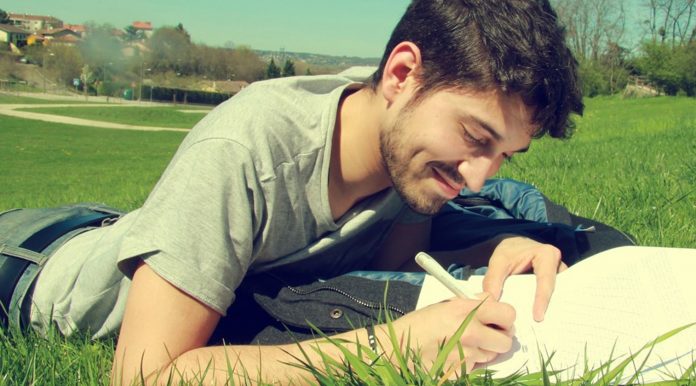UK Universities spend hundreds of millions of pounds each year on access measures, but a small ‘nudge’ can go a long way. Eliza Selley, an associate advisor in the Behavioural Insights Team, writes that their research has revealed that even a simple letter can be surprisingly effective at influencing prospective students’ behaviour.
HE providers have never been under greater pressure to justify their expenditure and investment in widening participation is not immune from this growing scrutiny.
The ability to monitor student progress as they enter HE means we can measure the impact of initiatives more accurately than ever before; however, we must use rigorous evaluation techniques to unlock the power of long-term tracking. This can provide universities with vital information about ‘what works’ in WP.
This spring we published the results of a randomised controlled trial (RCT) which did just this. We focused on the issue that students from disadvantaged backgrounds are less likely to apply to university, and particularly selective universities, than more privileged students.
Inspiring students
In a related study, we found that a talk from an inspirational role model led to an eight percentage point increase in students stating they were interested in attending university – from 48.0% to 55.8%. In a similar vein, we wanted to test whether a letter from an inspirational role model could have an effect.
In a collaboration with the Department for Education, we sent letters to more than 11,000 students. The letters were sent to Year 12s who had the GCSE grades which could put them on track for a selective university but were in schools where most students either went to the nearest university, or didn’t go at all – a proxy for relatively low aspirations.
The letters were written by undergraduates at the University of Bristol who emphasised that they had been in a similar position a few years ago and encouraged the students to consider their university choices carefully. The letter highlighted a number of points, including that different universities offer different opportunities, that employers care which university you go to, and that grants and bursaries can make selective universities cheaper for students from low income families than less selective universities.
The Year 12 students were split into four groups: a quarter received a letter at their school from a male undergraduate, a quarter received a letter at home from a female undergraduate, a quarter received both letters and rest (the control group) did not receive any letter.
Impact on behaviour
We found that receiving both letters had a statistically significant impact on behaviour: students were 3.3 percentage points more likely to apply to a selective university, in this case Russell Group institutions, than students in the control group. They were also 2.9 percentage points more likely to accept an offer from a selective university. On this basis, 222 additional students went to a selective university as a result of our trial, at a cost of approximately £45 per additional student.
This trial has two important implications. First, light-touch interventions can have a bigger than expected impact in WP. These kind of activities draw on the academic field of behavioural science which tells us how small ‘nudges’ can promote positive choices.
Second, rigorous evaluation allows us to conduct cost effectiveness analysis. This approach allows universities to focus their spending on the most effective activities.
Both implications are relevant for providers who are seeking to optimise their budgets and maximise their impact in widening participation.
We hope to generate more evidence like this in collaboration with UK universities over the coming years.








